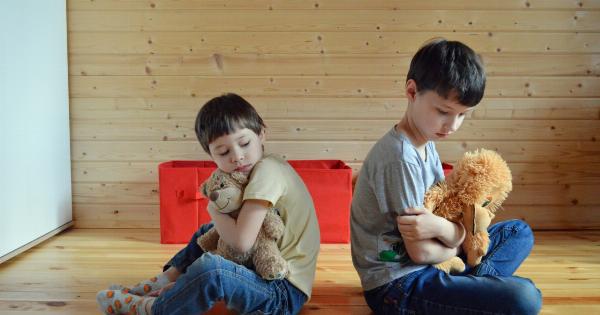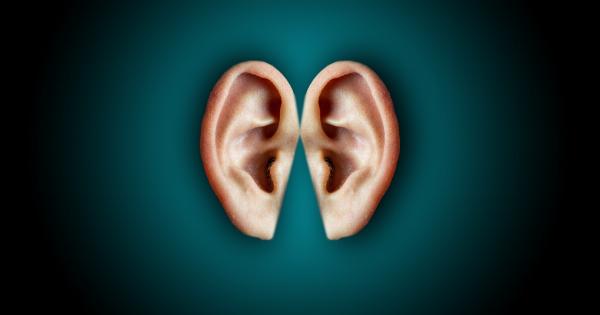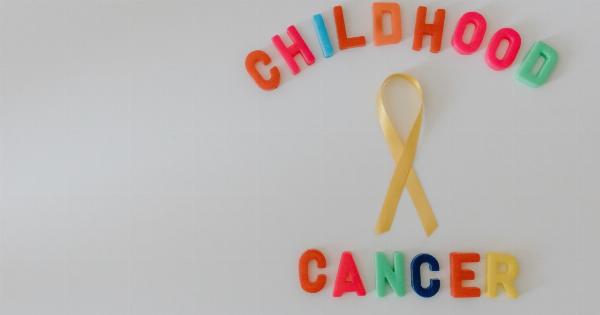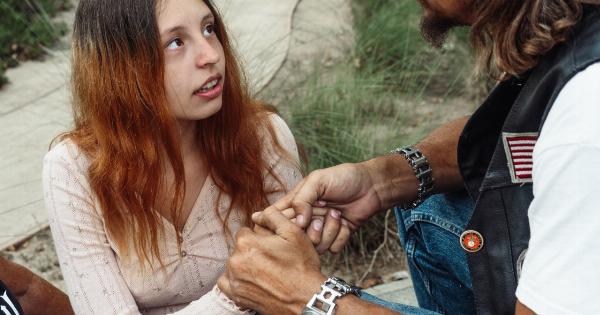Tragic Flames: When Burn Injuries Claim the Life of a Child.
Understanding Burn Injuries
Burn injuries are some of the most devastating and painful injuries a person can endure. They have the potential to leave lifelong physical and emotional scars, and tragically, can even claim lives, particularly when it comes to children.
The Vulnerability of Children to Burn Injuries
Children are particularly vulnerable to burn injuries due to their natural curiosity, lack of understanding of danger, and limited ability to recognize hazardous situations.
They have a higher propensity to engage in activities that can result in burn injuries, such as playing with matches, exploring hot surfaces, or accidentally spilling hot liquids.
The Impact of Burn Injuries on Child Development
Beyond the physical pain and scarring, burn injuries can have significant long-term consequences on a child’s development.
The trauma associated with burn injuries may lead to psychological and emotional issues, including anxiety, depression, and post-traumatic stress disorder (PTSD). These conditions can hinder a child’s ability to socialize, learn, and establish healthy relationships.
Preventing Burn Injuries
Prevention is crucial when it comes to avoiding burn injuries in children. It is essential for parents, caregivers, and communities to take proactive steps to create safe environments for children.
This includes ensuring that hot surfaces are inaccessible, teaching children about fire safety and the dangers of playing with matches, and closely supervising young children around potentially hazardous objects or substances.
First Aid for Burn Injuries
In the unfortunate event that a child sustains a burn injury, knowing how to administer first aid promptly can be crucial in minimizing the severity of the injury.
The immediate steps include cooling the burn with cool (not cold) running water for several minutes, covering the burn with a clean cloth or sterile non-stick dressing, and seeking medical attention if necessary.
Medical Treatment and Rehabilitation
Once a child has received appropriate first aid, they will likely need medical treatment and ongoing rehabilitation to support their recovery.
Treatment can include wound care, pain management, physical therapy, occupational therapy, and psychological support. The goal is to minimize scarring, restore function, and assist the child in adapting to the physical and emotional challenges they may face.
The Emotional Toll on Families
When burn injuries claim the life of a child, the emotional toll on families is immeasurable. Losing a child is a heart-wrenching experience that can lead to profound grief, guilt, and a range of complex emotions.
Families may require extensive emotional support, counseling, and resources to navigate their loss and begin the journey towards healing.
Supporting Families and Advocating for Change
It is essential for communities, organizations, and governments to provide support systems for families who have experienced the loss of a child due to burn injuries.
These support systems may include grief counseling, peer support groups, and access to resources that can help families cope with their loss. Additionally, advocating for stricter safety regulations and education surrounding burn injury prevention can help prevent further tragedies.
Conclusion
Burn injuries have the potential to tragically claim the lives of children, leaving families devastated and communities in mourning.
By prioritizing burn injury prevention, providing proper first aid, and supporting families in their healing journey, we can work towards a safer world for all children, free from the tragic flames that claim their lives too soon.































